Estimated reading time: 10 minutes
The Winchester Repeating Rifle Company went through more than a few different evolutions. As the name implies, they were a repeating rifle company. Their first claim to fame was the lever-action rifle. They became famed for those rifles, but as the 1800s bled into the 1900s, they moved from being a rifle company to a shotgun company. Winchester produced single—and double-barrel shotguns, lever-action shotguns, and a few semi-auto shotguns, but their main claim to fame was pump-action shotguns.
Table of contents
I’m a bit of a shotgun nerd, but I’m a total shotgun nerd. I can’t get enough shotguns, especially historical shotguns. As such, I’ve tried my hardest to nail down every pump action Winchester, and eventually, I plan to obtain every Winchester shotgun. Let’s explore the world of Winchester’s pump action shotguns.
A Look At Winchester Pump Action Shotguns
Winchester created the first successful pump-action shotgun, but not the first. That belongs to Christopher Spencer’s Spencer, 1882. The shotgun design was never superbly successful, and the rights were sold to famed castle owner Francis Bannerman. When Winchester created their first pump-action shotgun, Bannerman sued.
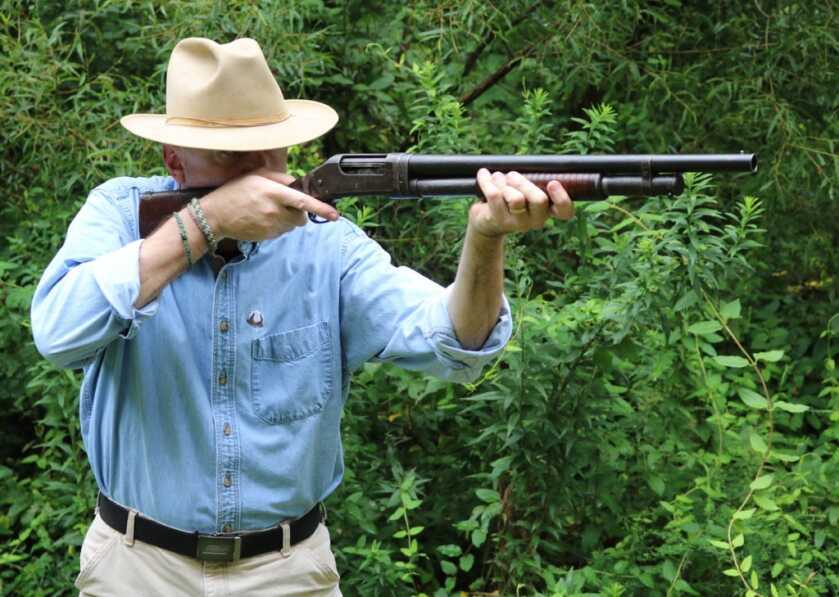
This led Winchester to seek patents for pump-action designs worldwide. They eventually stumbled upon a bullpup, pump-action rifle called the Curtis Repeating Rifle. They even recreated the rifle to win their court case. This allowed the famed Winchester 1897 to shine.
Available on GunsAmerica Now
Winchester’s Slide Action Shotgun – The M1893/1897
The Winchester M1893 was John Browning’s first pump action design. It was fairly successful but had some problems. Namely, the gun’s action was weak and couldn’t withstand the use of smokeless powder. The four-year production eventually led to the reinforced M1897, which became an immensely successful pump action shotgun.
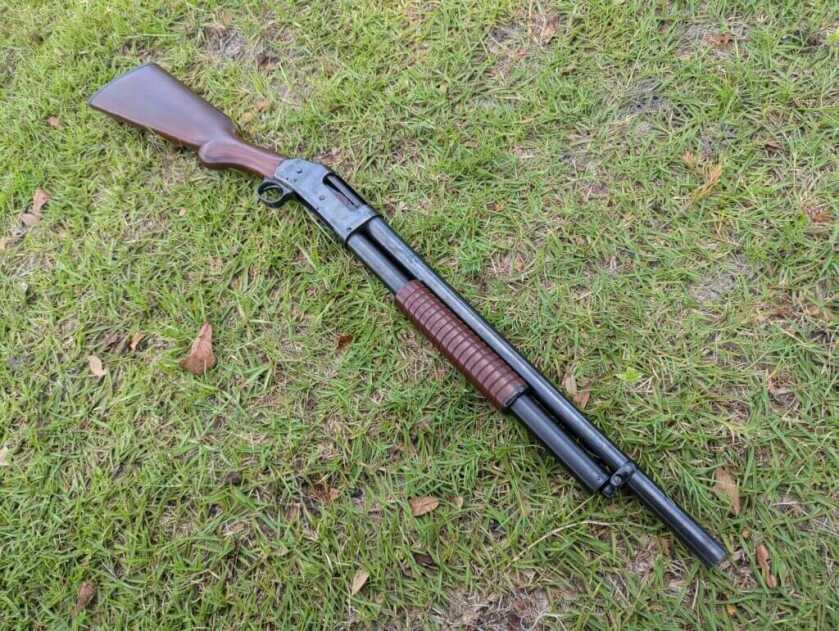
The 1893 and 1897 series of shotguns were external hammer-fired guns that utilized a tube magazine mounted below the barrel. The Majority of 1897 shotguns were takedown designs that allowed the user to separate the barrel and magazine tube from the receiver. Riot and trench gun variants had solid-frame receivers.

The M1897 became quite famous for its trench gun configuration. This model has a solid metal heat shield with an integrated bayonet lug. The barrel was shortened to 20 inches, and the guns quickly became the bane of those pesky Germans and that darned Kaiser. The M1897 would remain in the military’s inventory until the Vietnam War.
The M1897 was very popular with sport shooters and the gun developed a big following in almost all sectors. Bird hunters, deer hunters, trap shooters, and more embraced the gun.

Securing a good shooting Winchester 1897 can be fairly tough these days, especially if you want a dedicated shooter. Eventually, I was able to obtain a Norinco 97, a Chinese replica of the Winchester M1897. It encapsulates the M1897 almost perfectly but allows you to fire modern 2.75-inch shotgun shells safely.
The Perfect Repeater – The Model 12
Fifteen years after the release of the Winchester M1897, a man named T.C. Johnson reworked the gun and fixed its numerous flaws. The M1897 was a great gun for its time, but it has quirks. It’s somewhat fragile, and complicated, with a thing receiver. The gun dumped the guts out the bottom and bolt out the rear. It was a bit of a mess, so Winchester wanted to refine the gun and T.C. Johnson was the made to do it after Browning split with Winchester.

T.C. Johnson did use the M1897 as the core of the Model 12 but changed a lot. The gun came with an internal hammer, and everything about the gun was refined and beefed up. It was one of those old-school gun designs that used forged and machined parts alongside raw human talent to produce. This made it pricey but also gave it a fantastic reputation. It became known as the Perfect Repeater.
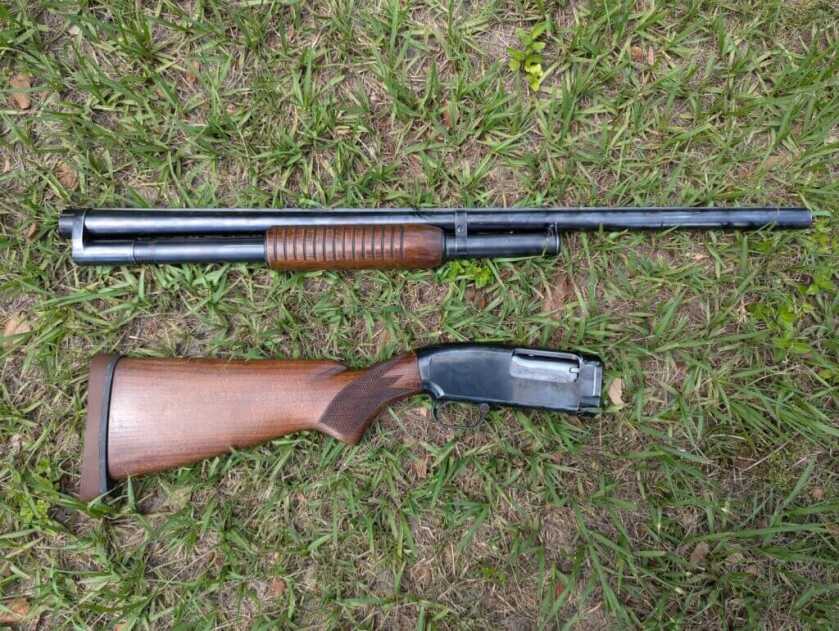
The Model 12 series used the same basic shotgun layout we are all used to and didn’t seem crazy at first. However, it’s worth remembering that this is the gun that established that layout and that standard. The Model 12 was built to last and plenty are still in service around the world.

The gun saw success with the United States military. This includes the trenches of World War 1 in a similar format to the M1897. It remained in service throughout Vietnam. The Model 12 series is often seen as the all-time best Winchester shotgun.
A Reach Into The Modern World – The Model 1200
In 1964, a little company called Remington introduced the 870 shotgun. The 870 series were reliable, robust, had two pump arms, and were cheaper than the Model 12s. The need for machined and forged parts made guns like the Model 12 too expensive to continue producing. They didn’t sell at the same rate they had and Remington was eating Winchester’s lunch.

The Model 1200 was simplified and designed for more affordable mass production. Winchester made the receiver from aluminum, added dual action bars, and ditched the tilting breechblock of the Model 12 for a rotating bolt. The rotating bolt has four locking lugs that connect to the breech face.
The rotating pull provides not just rearward force but rotational force, which helps provide consistent and capable extraction and ejection. The Model 1200 action was known to be extremely fast and smooth. When the rotating bolt unlocked after firing, it applied a bit of rearward pressure, which made running the action fast.

The Model 1200 series was introduced in various calibers, and the 12 gauge became the most dominant. The gun was a success, and Winchester pumped out a ton of gun configurations.
The Model 1200 also saw success with the United States military and numerous police forces. It became the last of the Winchester Trench Guns. The military purchased Model 1200 trench guns with a heat shield and bayonet lug that was very similar to the classic WW1 M1897 trench gun setup.
Different models and configurations of the Model 1200 were available for all types of users. There were defensive versions, deer guns, bird guns, trap guns, and various special editions.
The Upgrade – The Model 1300
Over the life of the Model 1200, Winchester made numerous upgrades. Some Model 1200s had 3-inch chambers, some were set up for the Winchoke system, and just a ton of small changes occurred over the years. Eventually, Winchester took all these changes they made to the Model 1200 and turned them into the Model 1300.
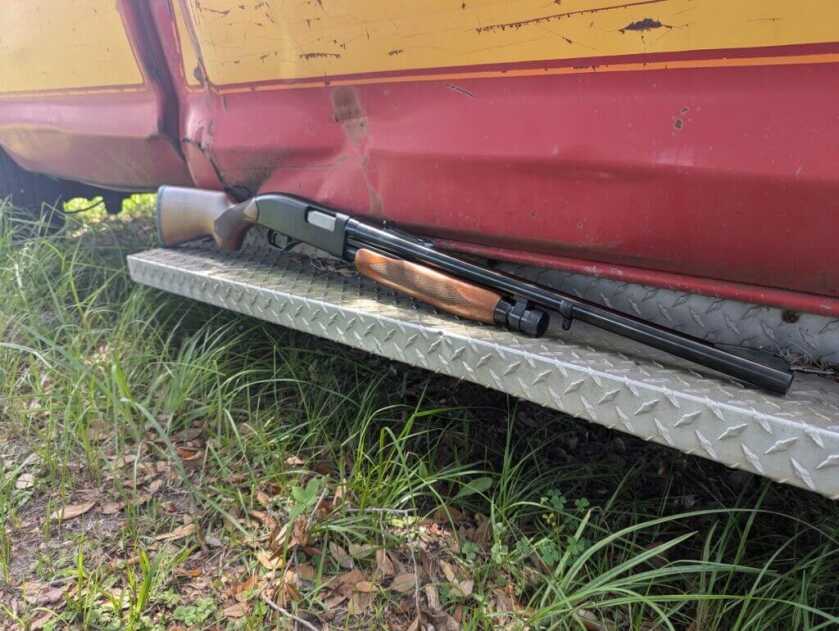
The Model 1300 was similar to the Model 1200. Every one of them has 3-inch chambers and better finishes, and things like polymer furniture were introduced for their defensive models. Winchester leaned into the speed of their actions and began to refer to these guns as the Speed Pump series.

The Model 1300s were also produced in various models and configurations. This included slug guns, tactical models, bird guns, deer guns, and beyond. Unlike every other Winchester pump action shotgun, the Model 1300 was never adopted by the United States military.
The End of Winchester As We Know It
In 2006, Winchester shuttered its doors. At the time, U.S. Repeating Arms owned the company, and after years of decline, the great American shotgun company lost its way. Eventually, FN purchased Winchester and all its designs, resources, and more. FN moved production of the various Winchester guns around the world, including the Winchester pump-action shotguns, to Turkey.
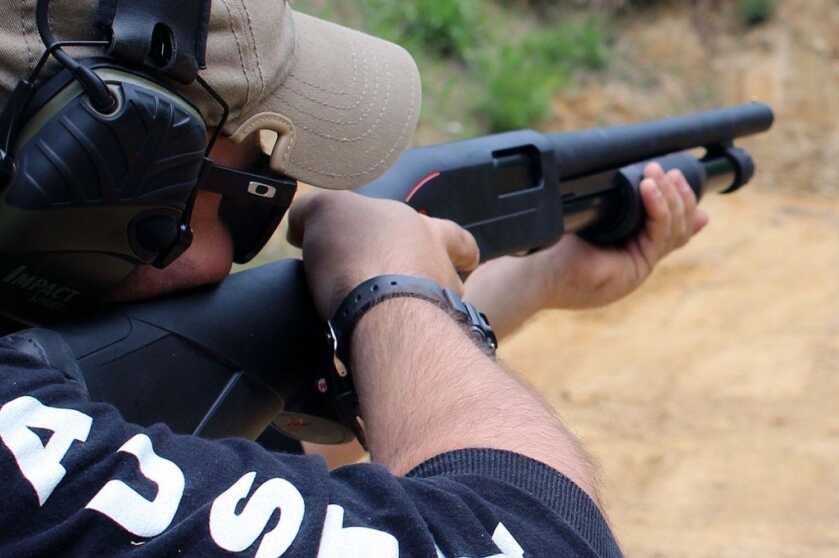
They produced the SXP series, which were clones of the 1300. I’m not a huge fan of Turkish shotguns as a whole, but it seems like the SXP series are sturdy guns. Still, they aren’t what I consider a real Winchester. It’s a bit of a tear-jerker to lose such an established company.
WATCH NOW: MCX Regulator: the SIG Ranch Rifle
However, dry your tears. Most of these guns were produced in such high numbers that they are still relatively common and affordable. The 1200/1300 series are fantastic buys, delivering a great gun for little money. The Model 12 tends to be the pricer gun, and the same goes for good-condition M1897s. Still, outside of military surplus models, these guns are cheaper than a Benelli.
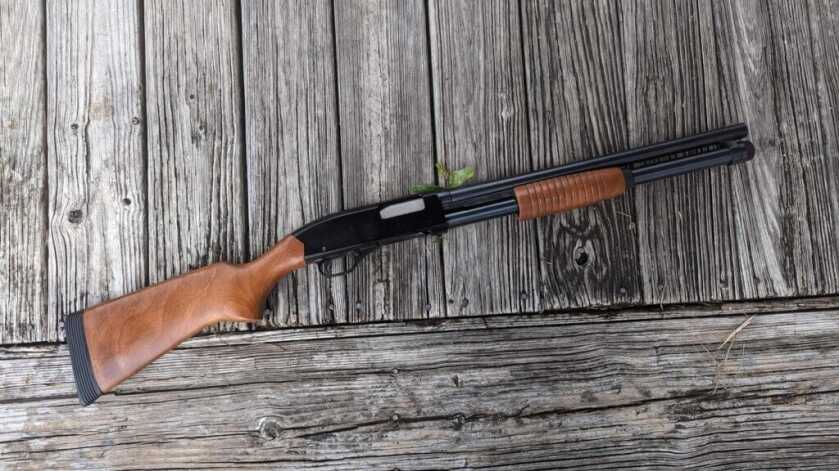
Winchester pump action shotguns set standard after standard for the shotgun industry. It’s a shame the companies are gone, but we can rejoice in the millions of guns they left in their wake. What’s your favorite?
*** Buy and Sell on GunsAmerica! ***









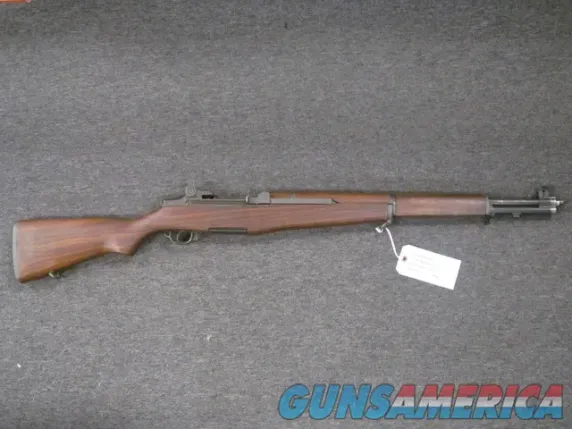


I had a model 120. It was also a good ole shotgun.
What about the Model 42 .410 pump?
One correction: The Remington 870 was introduced in 1951.
You missed listing a little known Winchester pump, the Model 25. Basically a non take down model of the Model 12. I have one and started shooting it back around 1963. Picked up a nice Model 12 a few months ago, 12ga with a 30 inch modified choked barrel, sort of rare as most were full choked.
Have a “vintage” Defender. All appears factory. Has polymer pistol-grips F and R, the one up F swivels L and R a little over 180 degrees. I acquired it (used) in the 1980’s. Pict(s) available. Love to know more about it. Best tactical shotgun I’ve ever owned. Looked for another (or 2) for years. No luck.
Thanks in advance for any help
Bill